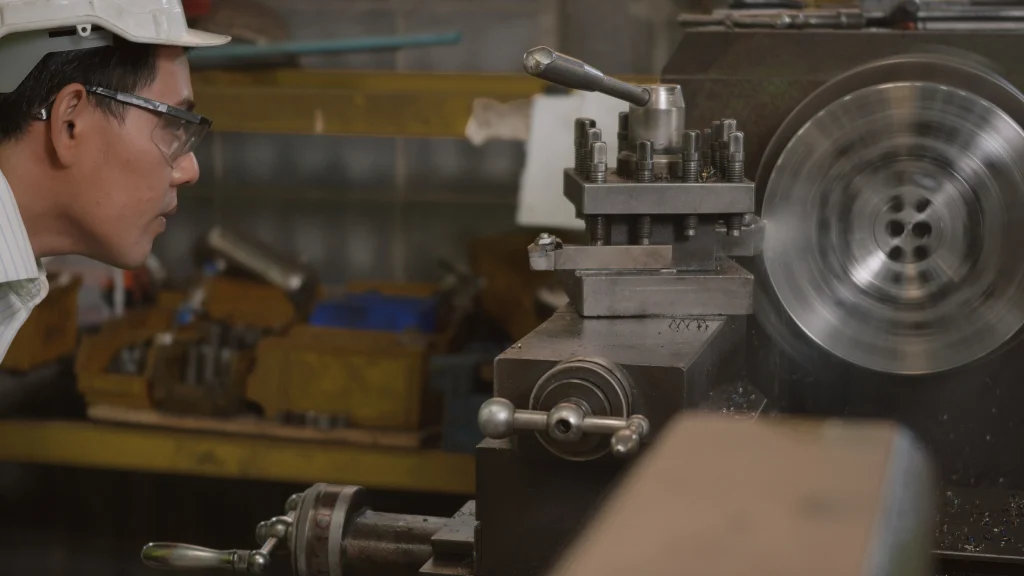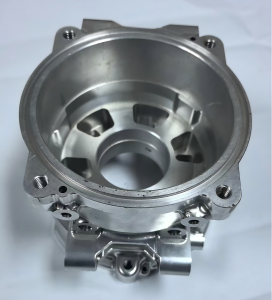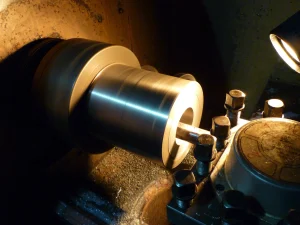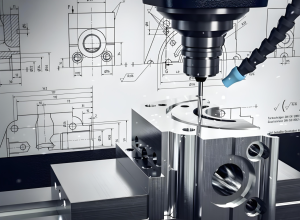CNC turning and milling composite machining refers to the use of CNC systems to control the movement of workpieces between turning and milling tables to achieve various precision machining. It uses two different types of tools, turning and milling cutters, to perform turning and milling operations simultaneously or continuously, greatly improving machining efficiency and precision.

CNC programming: The 3D model of the workpiece is digitized through CAM software to generate a CNC program that can be recognized by the CNC machine tool.
Tool selection and installation: According to the processing requirements, select the appropriate tool type and size, and install it on the tool magazine or tool holder.
Workpiece positioning and clamping: The workpiece is fixed on the workbench by a fixture to ensure the stability of the workpiece during the processing.
Spindle start and cutting: Start the spindle to make the tool rotate or move the workpiece linearly to achieve cutting.
Coolant supply: In order to reduce cutting temperature and improve cutting efficiency, CNC turning and milling composite machining centers are usually equipped with a coolant supply system.
Detection and monitoring: Equipped with sensors and monitoring systems to detect various parameters in the processing process, such as cutting force, cutting temperature, tool wear, etc.
Data processing and feedback control: Data processing and control are carried out through the CNC system, and adjustment and control are carried out according to real-time data during the processing.






